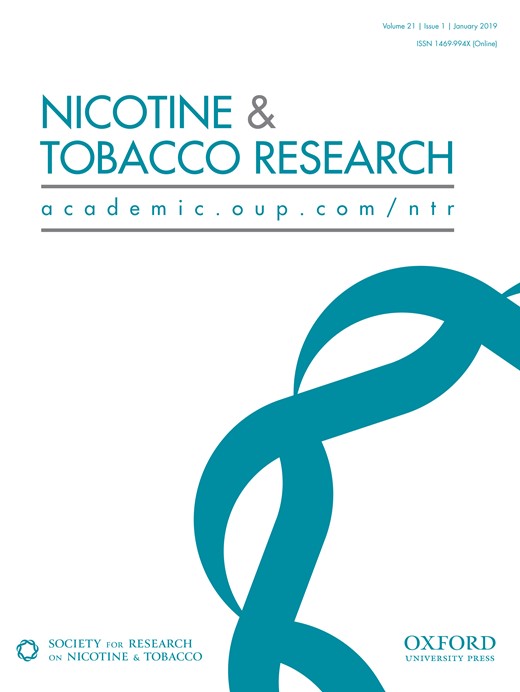-
Views
-
Cite
Cite
Kenneth E Warner, David Mendez, E-cigarettes: Comparing the Possible Risks of Increasing Smoking Initiation with the Potential Benefits of Increasing Smoking Cessation, Nicotine & Tobacco Research, Volume 21, Issue 1, January 2019, Pages 41–47, https://doi.org/10.1093/ntr/nty062
Close - Share Icon Share
Abstract
The public health community is divided regarding electronic cigarettes. Skeptics emphasize potential vaping-induced increases in smoking among children and possible health hazards for adults. Enthusiasts consider e-cigarettes much less dangerous than smoking and believe they increase adult smoking cessation. We compare potential health benefits and costs to put these two perspectives in context.
Using a dynamic model that tracks the US adult population’s smoking status and smoking-related deaths over time, we simulate the effects of vaping-induced smoking initiation and cessation on life-years saved or lost to the year 2070. The base case assumes that vaping annually increases smoking initiation by 2% and smoking cessation by 10%. Sensitivity analyses raise the initiation rate increase to 6% while decreasing the cessation rate increase to 5%. Sensitivity analyses also test vaping’s reducing the health benefits of quitting smoking by 10%.
With base-case assumptions, the population gains almost 3.3 million life-years by 2070. If all people who quit smoking by vaping lose 10% of the benefit of quitting smoking, the net life-year gain falls to 2.4 million. Under worst-case assumptions, in which vaping increases smoking initiation by 6% and cessation by 5%, and vaping-induced quitters lose 10% of the health benefits, the population gains over 580000 life-years.
Potential life-years gained as a result of vaping-induced smoking cessation are projected to exceed potential life-years lost due to vaping-induced smoking initiation. These results hold over a wide range of plausible parameters.
Our analysis strongly suggests that the upside health benefit associated with e-cigarettes, in terms of their potential to increase adult smoking cessation, exceeds their downside risk to health as a result of their possibly increasing the number of youthful smoking initiators. Public messaging and policy should continue to strive to reduce young people’s exposure to all nicotine and tobacco products. But, they should not do so at the expense of limiting such products’ potential to help adult smokers to quit.






Comments